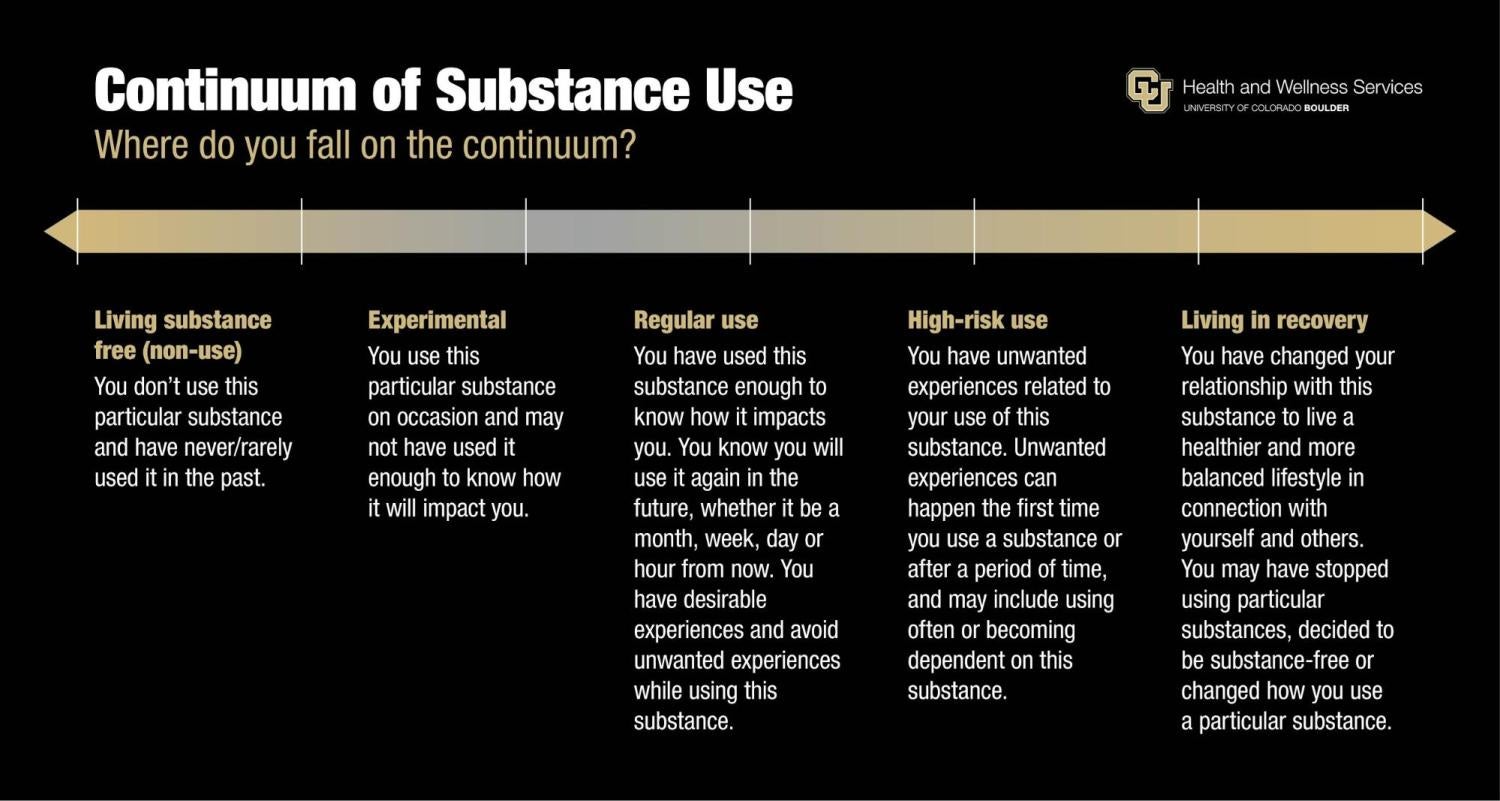4 tips to help you reflect on your relationship with substances

Substance use is part of our human experience, and our relationships with substances, whether we choose to use or not, are complex. Substance use exists on a continuum and can be both helpful and harmful.
Substances can include...
- Alcohol
- Nicotine
- Prescription medicne (taken as prescribed or not)
- Illicit drugs (e.g. heroin, methamphetamine, hallucinogens)
- Steroids
- Marijuana/cannabis
- Caffeine
While these are examples of common substances, the term “substance use” can be broadly defined and may vary from person to person.
It’s also important to know that there is no one-size-fits-all approach to substances or substance use. Each of us has a unique relationship to substances, whether we choose to use or not. This article is intended to empower you to reflect on your individual relationship with different substances, so you can have the experiences you want to have and avoid those you don’t.
Here are a few ways to get started exploring your relationship with substances.
Think through your ideal experience
First, think about the feelings, actions or benefits you might want to experience from using or not using a particular substance. Here are a few examples that can help you get started:
If I use __[substance]__, I want to…
- feel calm and relaxed.
- lower my inhibitions and socialize more easily.
- escape from stress, anxiety, etc.
If I choose not to use __[substance]__, I want to…
- feel more in control.
- feel healthier.
- have more energy or be more productive.
If you currently use or are interested in using different substances, be sure to do this for each one. Your relationship with one substance may be different from another.
Think through potential unwanted experiences
Now that you know what you want to experience while using substances, think through some of the things you don’t want to experience. Here are a few examples that can help you get started:
If I use __[substance]__, I don’t want to…
- lose control, pass out, black out or forget what happened.
- overdose or experience alcohol poisoning.
- do something I’ll regret (e.g. hook up with someone, get into a fight, text an ex, etc.).
- deal with hangovers or comedowns.
- become reliant on substances to help me study, relax, socialize, feel normal, etc.
- feel pressured into doing something I wouldn’t otherwise do.
If I choose not to use __[substance]__, I don’t want to…
- feel isolated.
- miss out on socializing.
- stand out from my friends or friend group.
These types of exercises can be a great starting point in understanding your choices around different substances, whether you choose to use or not.
Reflect on your current use and habits
Another way to explore your relationship with substances is to reflect on your current habits. One way to do this is to look at where you fall on the Continuum of Substance Use spectrum. It’s important to keep in mind that you may be at multiple points on the continuum depending on the substance.
For instance, you could fall under non-use for one substance and high-use for another. It’s also important to know that your position on the continuum for any given substance can change over time. Our relationships with substances are fluid and may change intentionally or unintentionally.
Use the image above or the continuum categories below to determine where you might fall on the continuum for each of the substances you currently use. Reflect on the statements for each category and determine how well they describe your current use or habits around substances.
Continuum of substance use categories
Living substance free (non-use)
You don’t use this particular substance and have never/rarely used it in the past.
Experimental
You use this particular substance on occasion and may not have used it enough to know how it will impact you.
Regular use
You have used this substance enough to know how it impacts you. You know you will use it again in the future, whether it be a month, week, day or hour from now. You have desirable experiences and avoid unwanted experiences while using this substance.
High-risk use
You have unwanted experiences related to your use of this substance. Unwanted experiences can happen the first time you use a substance or after a period of time, and may include using often or becoming dependent on this substance.
Living in recovery
You have changed your relationship with this substance to live a healthier and more balanced lifestyle in connection with yourself and others. You may have stopped using particular substances, decided to be sober or changed how you use a particular substance.
While looking at where you are on the continuum, consider the experiences you came up with above, and ask yourself these questions:
- Does my current use reflect the experiences that I want (or don’t want)?
- What are some steps I can take to have more of the experiences I want and less that I don’t?
- How do I feel about where I currently am on the continuum? Is there an area I’d like to be in?
Resources
No matter where you are on the continuum, there are resources available on campus to support you.

